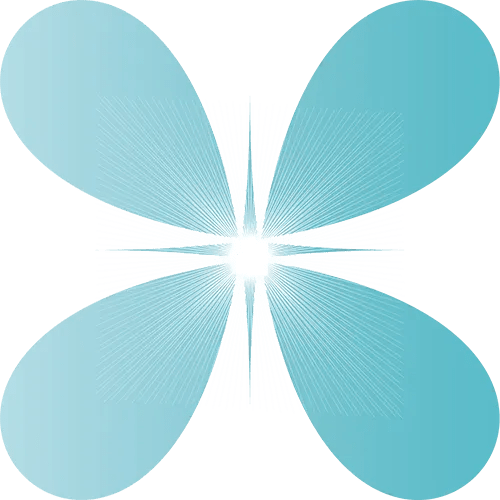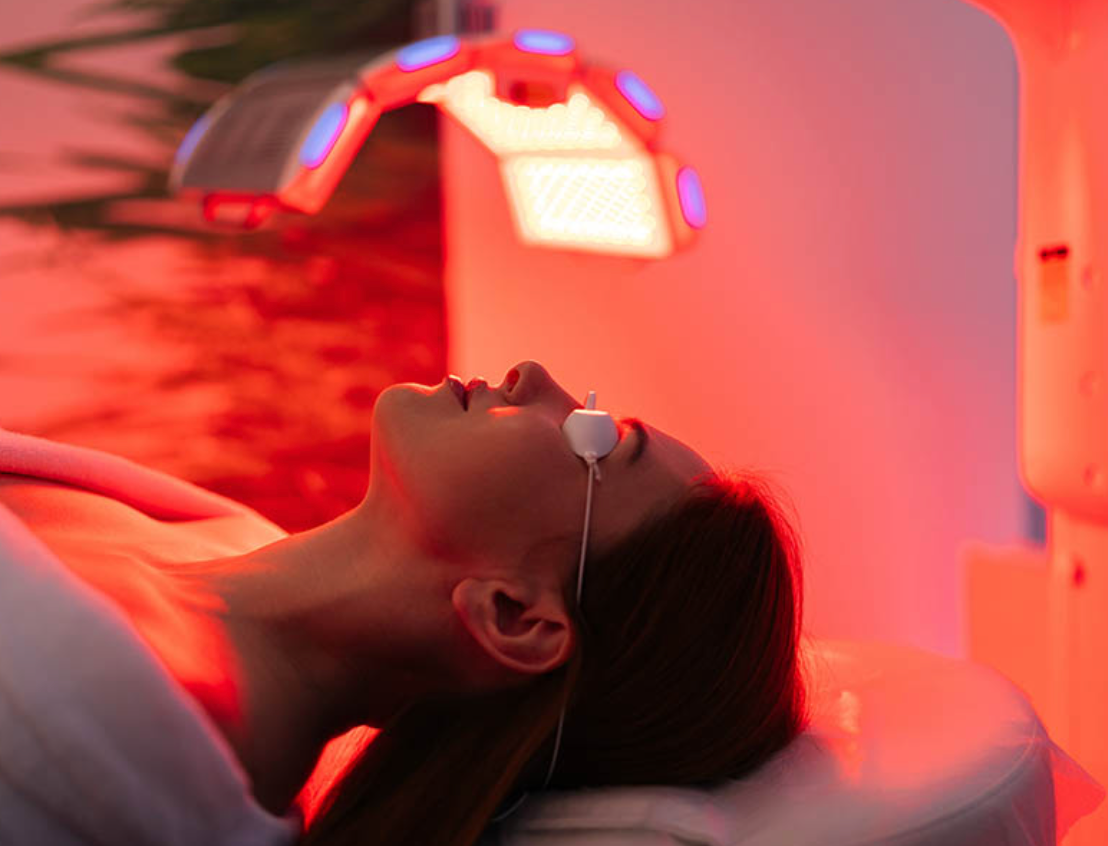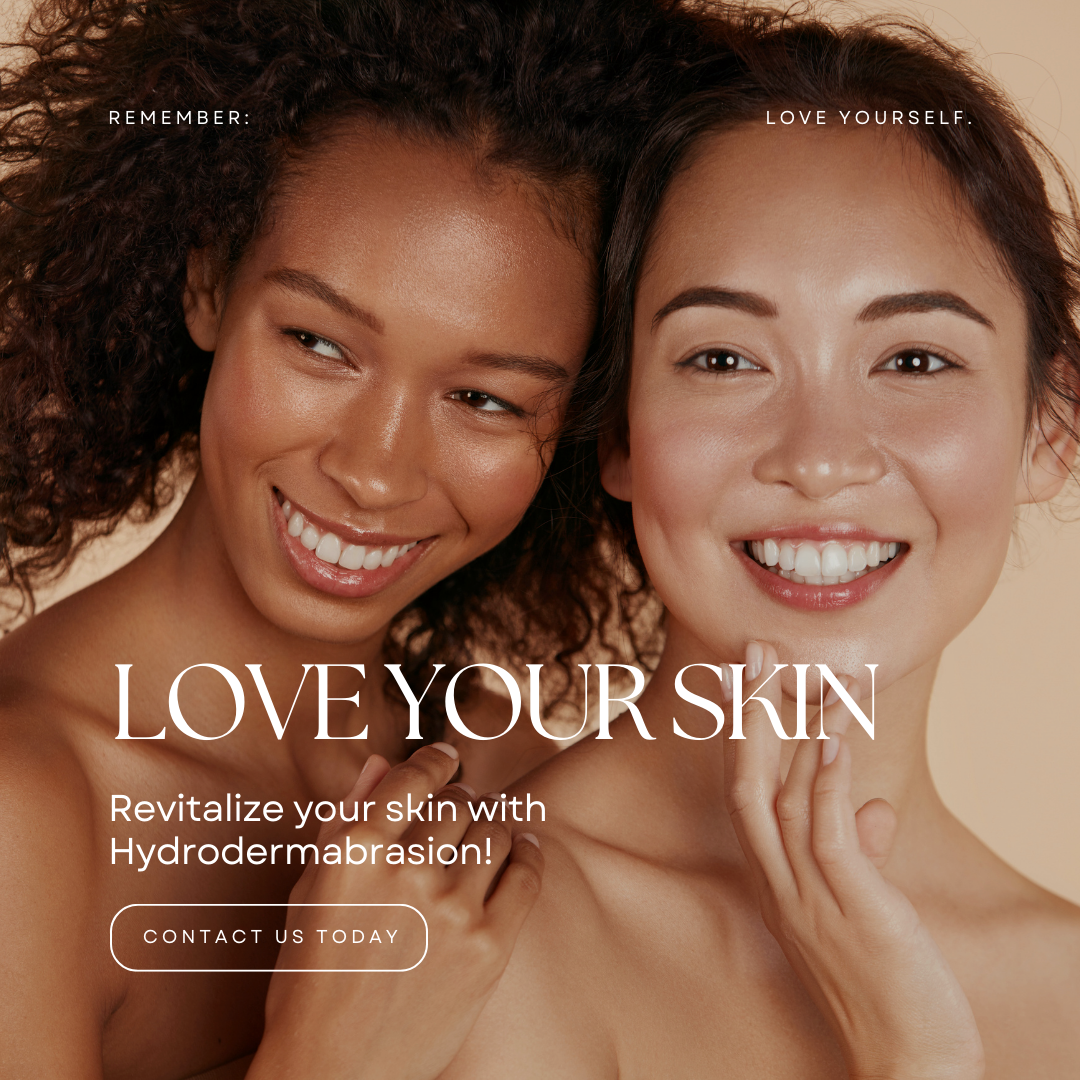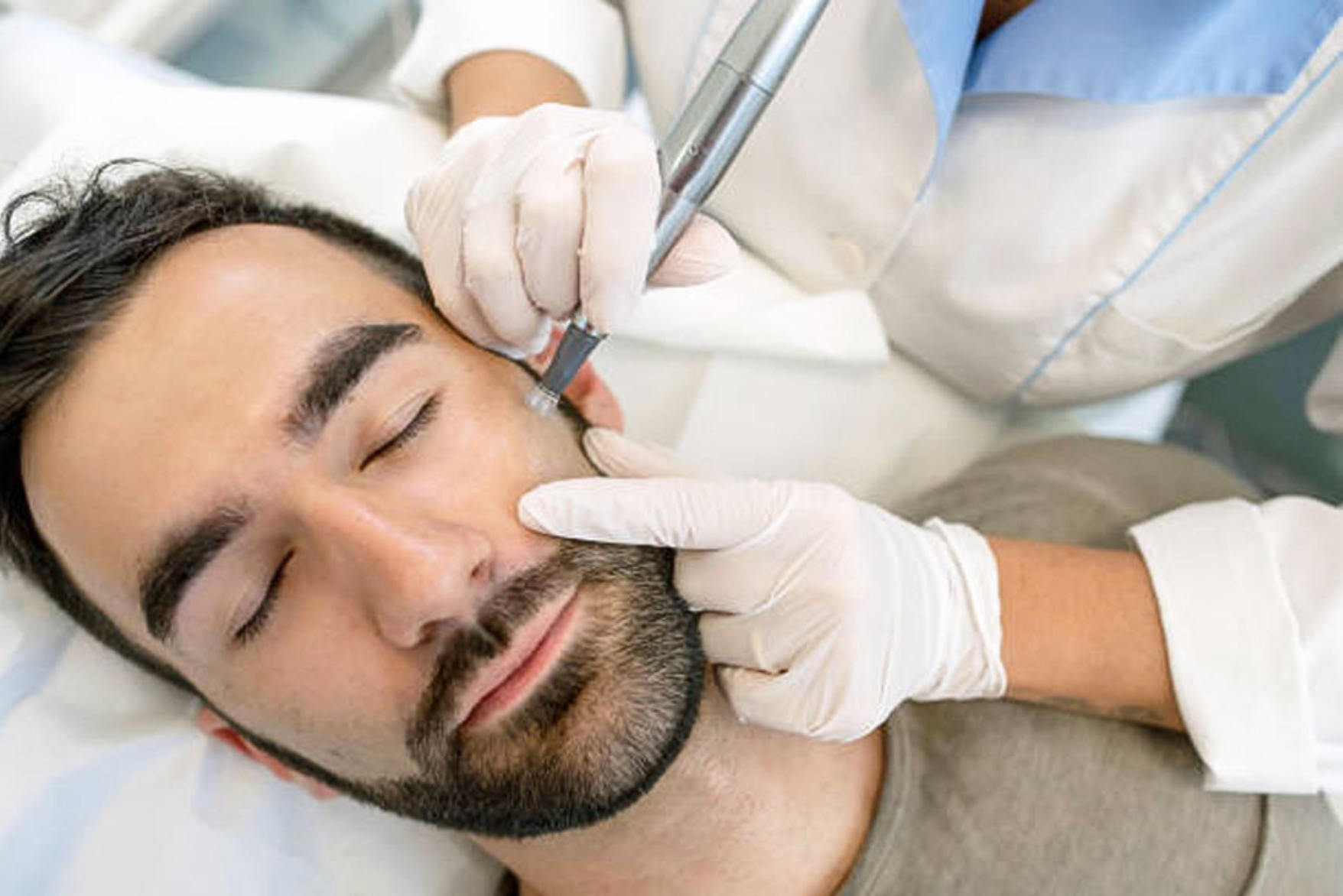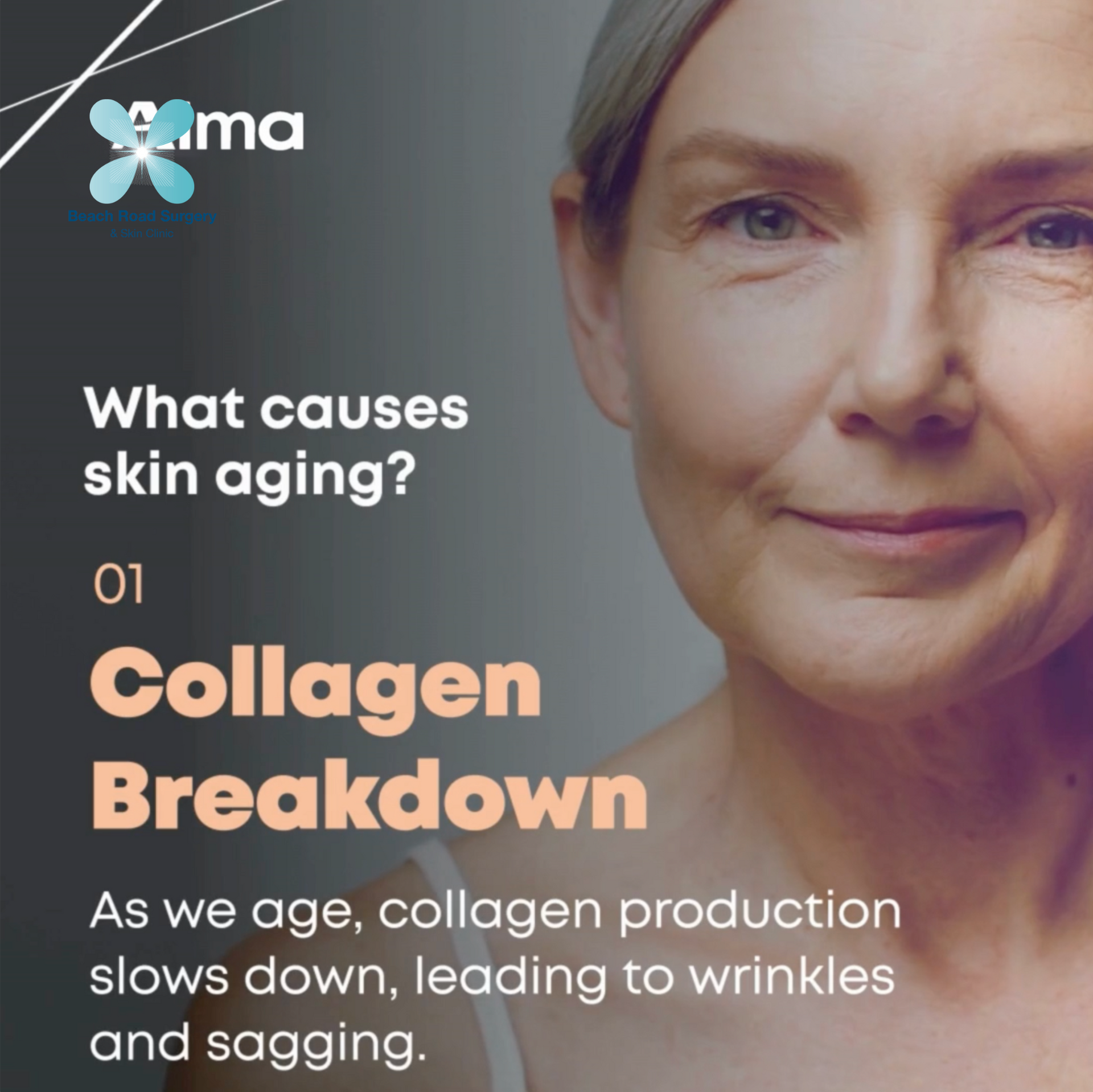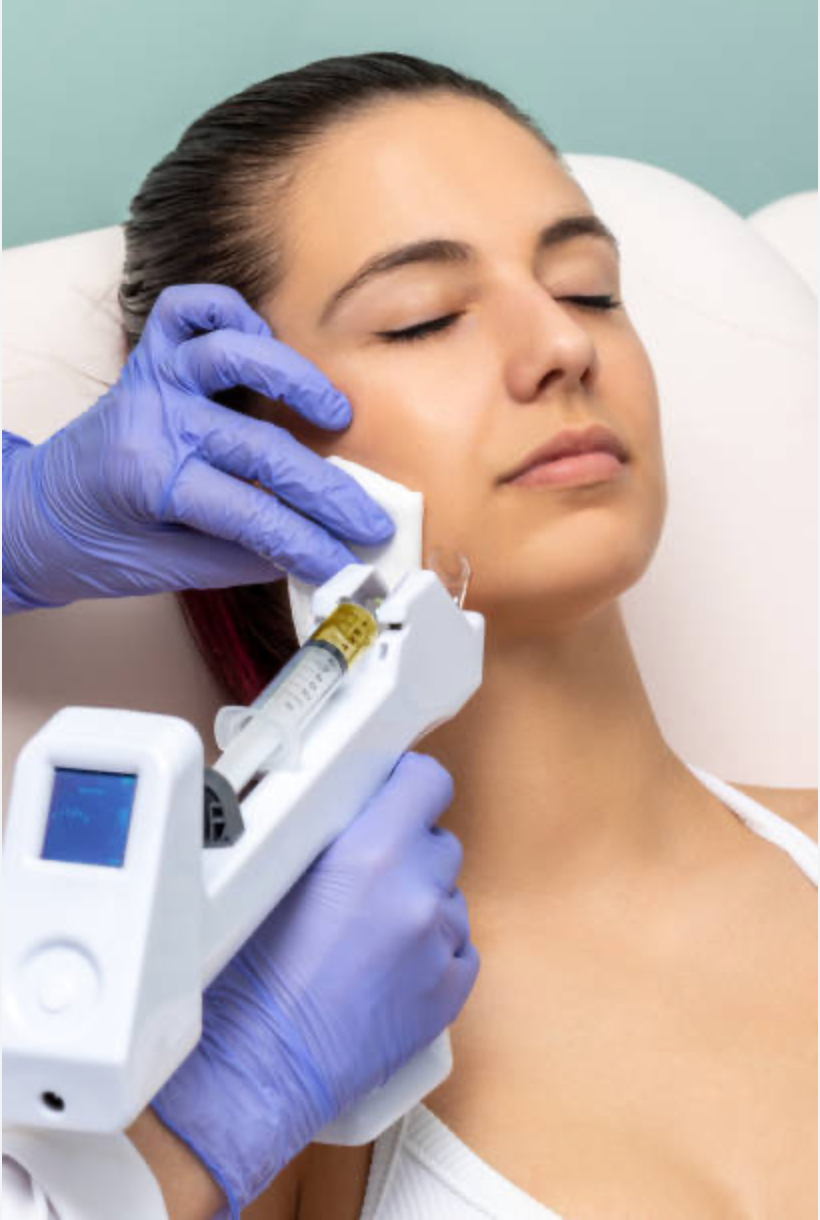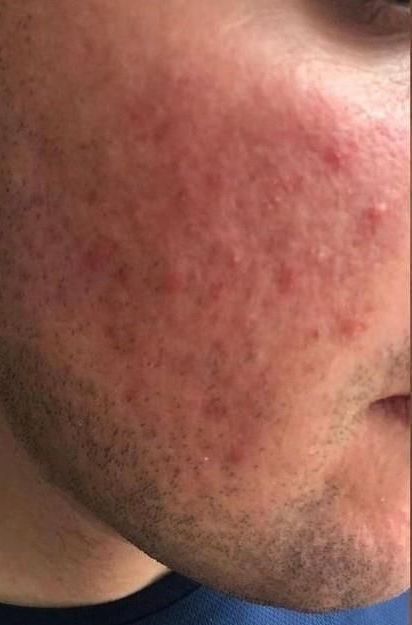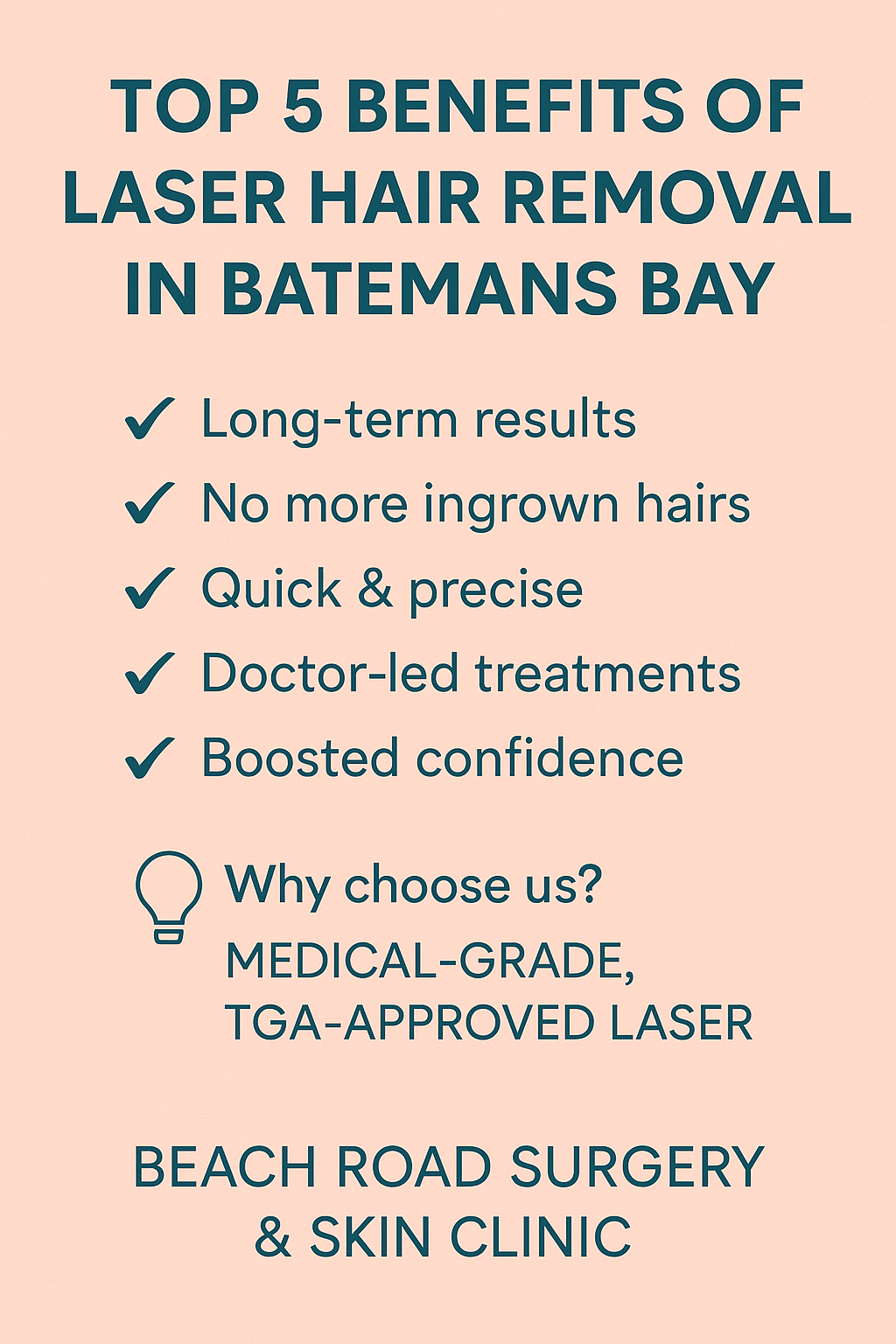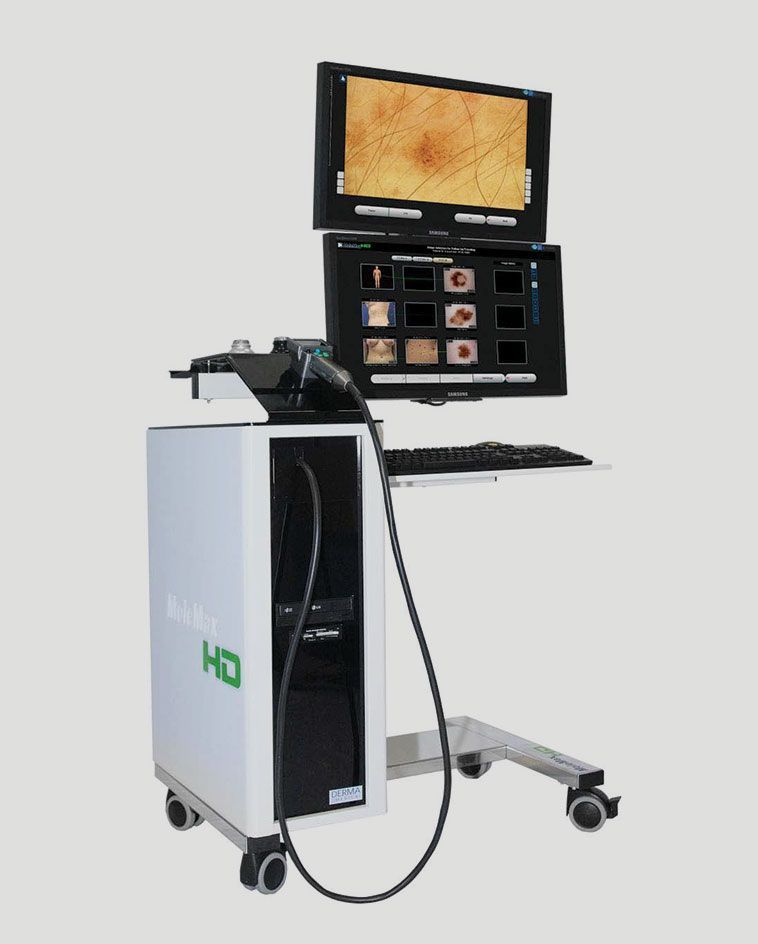Will I get other skin cancers?
After treatment, you will need regular check-ups to confirm the cancer hasn’t come back and to look for new skin cancers. People who’ve had skin cancer have a higher risk of developing more skin cancers.
It’s important to prevent further damage to your skin. For ways to make sun protection a part of your lifestyle, see pages 32–33. It’s also important to check your skin regularly and visit your doctor every year for a full-body skin check. Using a sunscreen on the face each day can reduce sunspots by an average of 30–40%.
The UV Index and sun protection times
Most skin cancers are caused by exposure to the sun’s UV radiation. Using sun protection during peak periods will reduce your risk of skin cancer.
The UV Index measures the sun’s UV radiation using a scale that begins at 0 and has no upper limit. An index of 3 or above indicates that UV levels are high enough to damage skin, and sun protection is needed.
The daily sun protection times tell you the times of day the UV Index levels are expected to be 3 or higher. The times will vary according to where you live and will change throughout the year. In general, during the summer months in Australia, all states and territories experience long periods during the day when the UV Index is 3 or above. In the late autumn and winter months in southern Australia, the UV Index may fall below 3 and sun protection is not necessary (unless you are outdoors for long periods or at high altitude).
You can check the sun protection times on the weather page of Australian daily newspapers, the Bureau of Meteorology website at bom.gov.au or the SunSmart website at sunsmart.com.au, by downloading the free SunSmart app for Apple and Android devices.
Sun exposure and vitamin D
UV radiation from the sun causes skin cancer, but it is also the best natural source of vitamin D. People need vitamin D to develop and maintain strong, healthy bones.
The amount of sunlight you need for vitamin D depends on several factors, including the UV level, your skin type and your lifestyle. UV levels vary across Australia, so the time you need to spend in the sun will be determined by where you live, the season and time of day, cloud coverage and the environment. (For more information on the UV Index, see opposite.) Using sun protection when UV is 3 or above doesn’t put most Australians at risk of vitamin D deficiency.
The body can absorb only a limited amount of vitamin D at a time. Getting more sun than recommended does not increase your vitamin D levels, but it does increase your skin cancer risk. For most people, just 15–20 minutes of incidental sun exposure, such as walking from the office to get lunch or hanging out the washing, is enough to produce the required vitamin D levels.
After a diagnosis of skin cancer, talk to your doctor about the best ways to maintain vitamin D levels while reducing your risk of developing more skin cancers.
